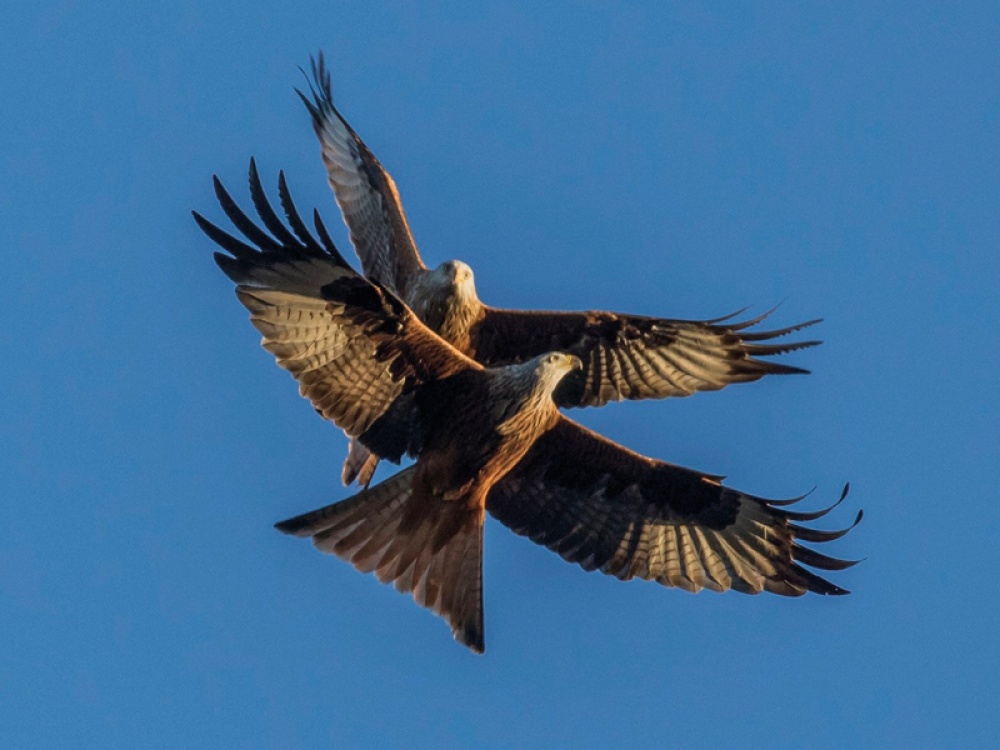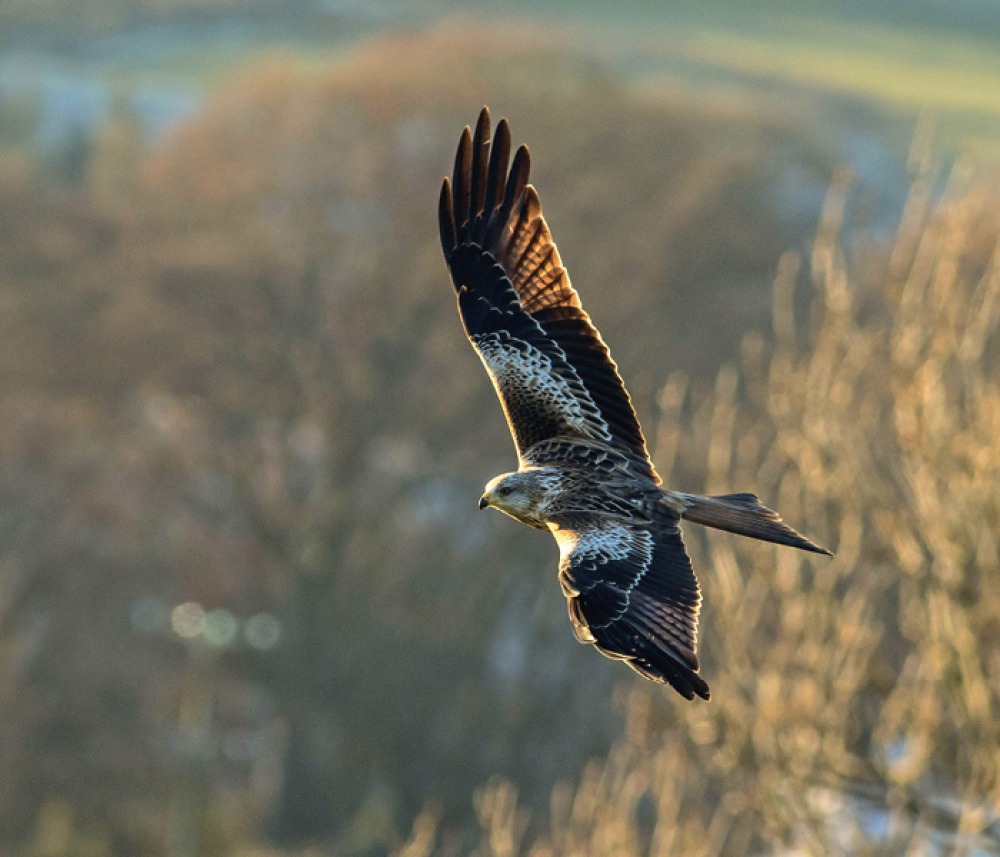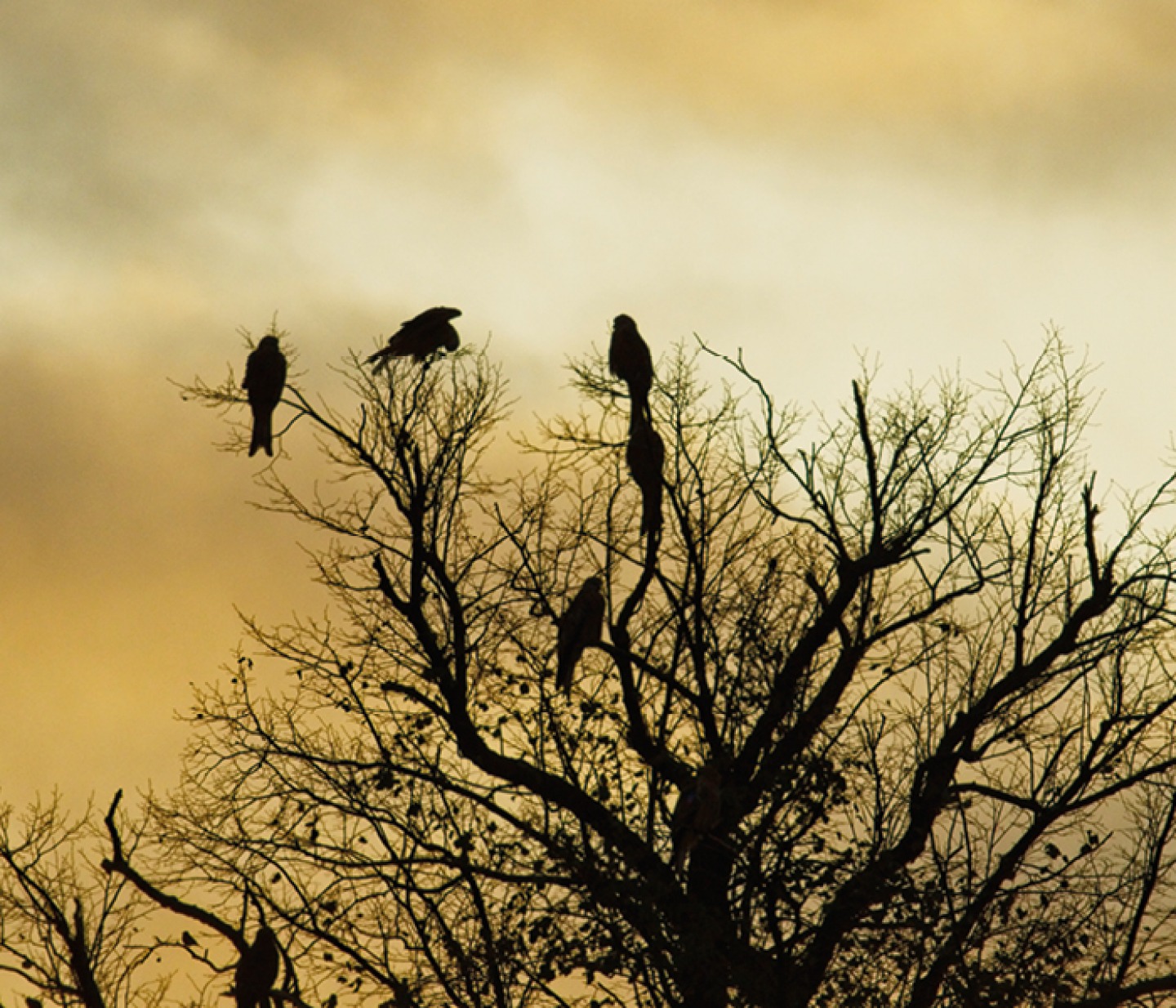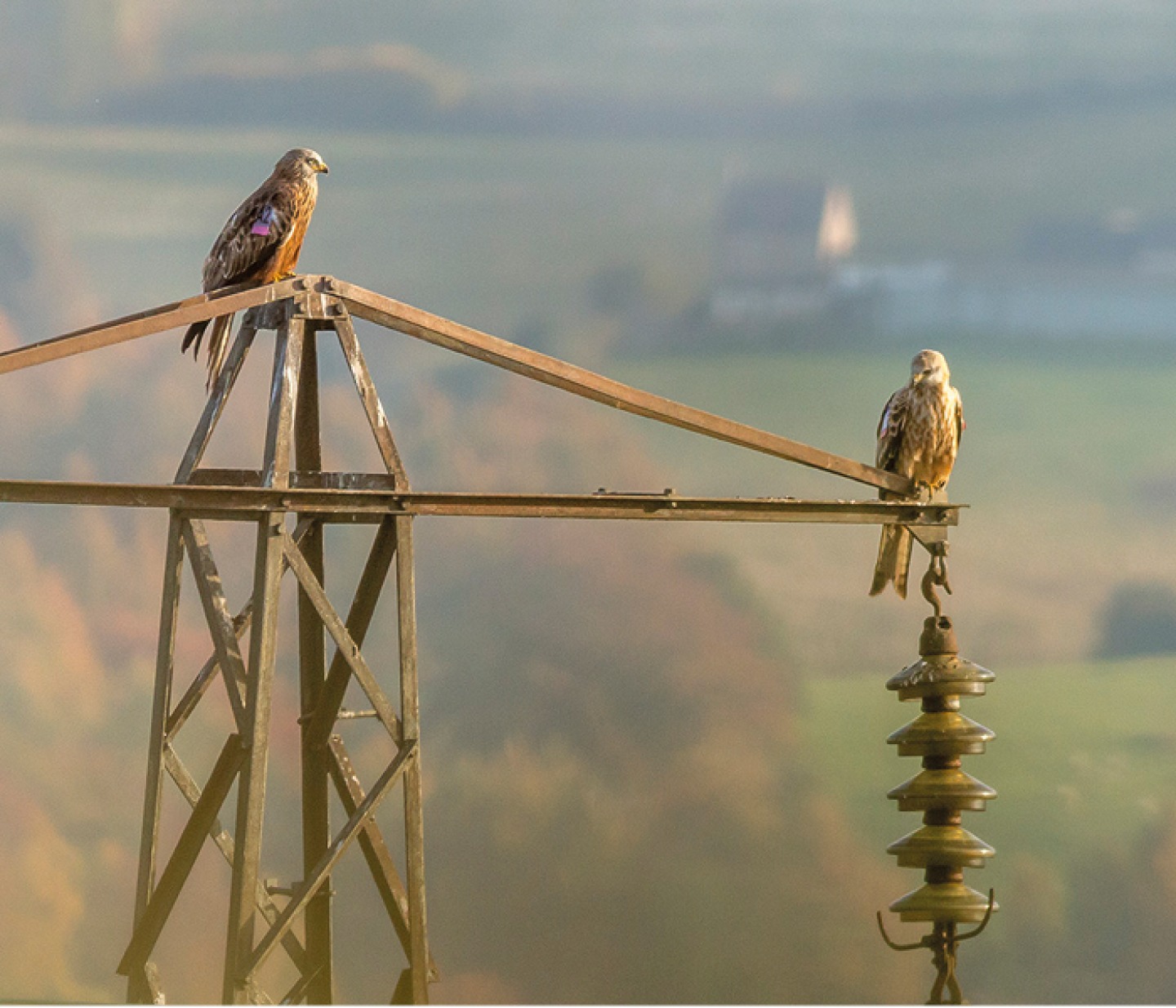How Red Kites Are Making a Comeback in The North

This year marks 20 years since the reintroduction of red kites to the North East as part of the Northern Kites Project. Two decades on, against all odds, they are thriving
Although in recent years red kites have become an increasingly familiar sight in the lower Derwent Valley and surrounding area, this wasn’t always the case. Over the past few centuries the number of breeding red kite pairs had steadily declined until there were as few as 10 breeding pairs in the entire country by the late 1800s. ‘In medieval times, red kites were so common they were found in most of the major towns and cities in the UK,’ Harold says. ‘In those days there were open sewers throughout the towns and the butchers would throw their offal into the streets for the red kites to come down and tidy up.’ As scavengers, this was perfect for them. However, as time moved on and this type of practice came to an end, the red kites were forced to travel further afield to survive. Ultimately, this was their downfall as they fell victim to poisoned traps meant for foxes, and gamekeepers who saw them as a threat.
In the 1990s, action was taken across the UK to stop red kites from being lost forever and a remarkably successful reintroduction project took place in the South East. ‘The kites have paired up and spread, and now practically the whole of the south of England is full of red kites from Norfolk down to Devon,’ says Harold. In 2004, it was the North East’s turn and Northern Kites was born – a five year project to reintroduce the bird to the area.
‘The first pair of kites to nest after an absence of 170 years was actually near to the Nine Arches Viaduct in Derwenthaugh Park, and that pair had one chick which we affectionately called Geordie’

‘In those first three years, 94 chicks were brought up from the successful Chilterns Hills project in the South,’ Harold explains. ‘Say there was a nest of three chicks, one of the chicks would have been taken out with minimal disturbance and brought up here, put into a rehab pen to let them settle down, before being tagged and released.’ The initial reintroduction smashed its five year target of releasing 80 chicks into the area. ‘The first pair of kites to nest after an absence of 170 years was actually near to the Nine Arches Viaduct in Derwenthaugh Park, and that pair had one chick which we affectionately called Geordie.’
Twenty years on from the initial release the population is now relatively stable, though it still faces obstacles. ‘The whole principle behind the project was to get the kites to breed, spread out, and merge with the other red kite projects so ultimately, we’d have a red kite population throughout the country, but sadly that hasn’t happened yet because the kites haven’t spread as far as we’d hoped.’ Although the birds have been tracked as far away as the Lake District, which is a positive sign, their struggle to spread further south is partly due to ongoing issues with red kite killings in County Durham and beyond. ‘It’s not all gamekeepers, but some are still of the mentality that red kites are a bird of prey and therefore a threat.’
The red kite population has continued to grow despite this issue, and so too have the volunteers who have taken it upon themselves to monitor and safeguard the birds. ‘The initial project finished after five years, but the volunteers who were involved decided they couldn’t just leave the kites to fend for themselves and wanted to continue the work they were doing, particularly checking where the nests are and monitoring them through to the chicks fledging and getting them tagged,’ Harold explains. ‘We set up Friends of Red Kites in 2009 and we now have a membership of 180 and a monitoring team of 25.’
Monitoring the birds can prove difficult. ‘The monitoring teams try to find the kites nesting but there’s no way we can guarantee that we’ve spotted all the nests and all the chicks,’ Harold says, but apparently this can be helped along by the kites’ penchant for white. ‘The kites have an eye for white and some of the nests are adorned with sheep’s wool. Inside the nest when our professional tree-climber goes up to bring the chicks down, we’ve found things like an England football flag, a white skipping rope, a white toy dog and men’s white underpants.’
The dedicated work of the volunteers over the years has allowed the red kites to become a treasured part of the local community’s identity. ‘In the Derwent Valley now, residents see them as “our” kites,’ Harold explains. ‘There was an education officer who went into schools and 107 schools each adopted a red kite. The birds can be identified at a distance by their wing tag, and they would be monitored and we’d take that information back to the school.’ As part of the relationship, schools were allowed to name their red kite, with many honouring their school’s name or local history – but not everyone went the traditional route. ‘My favourite name was Jammie Dodger.’


Although the kites are encouraged to fend for themselves as much as possible, for those who want to help out Harold recommends putting out unprocessed meat. ‘If possible, wrap the meat in cat or dog fur if you’ve got it because it gives the kites roughage.’
With so much work still to be done to help the red kite population, Harold and the team are more than happy to welcome new volunteers and recognise that the maintenance of the birds is a community effort. ‘We have lots of volunteers now and anybody who wants to join us should feel free,’ he says. ‘And if you want to come out to help with monitoring please feel free to do that too.’
To find out more and get involved, visit friendsofredkites.org.uk











